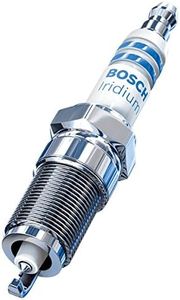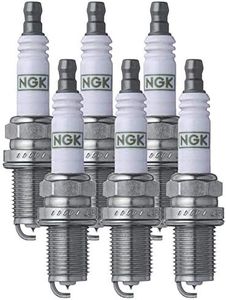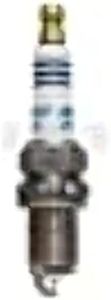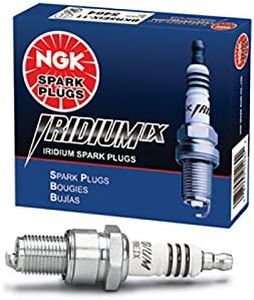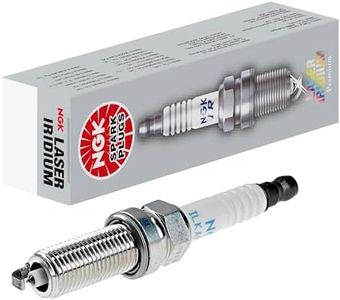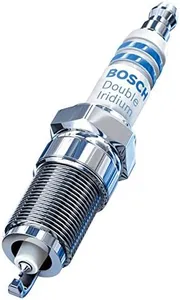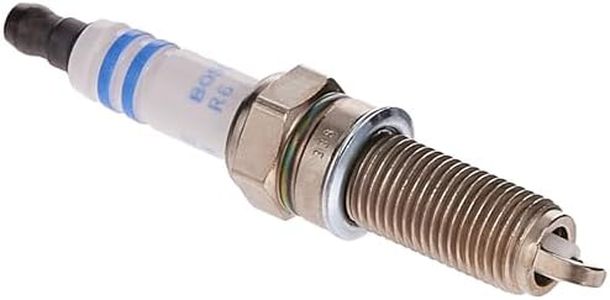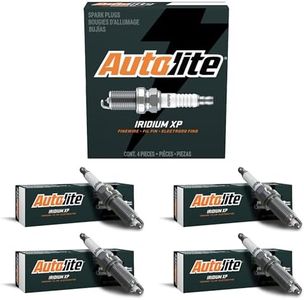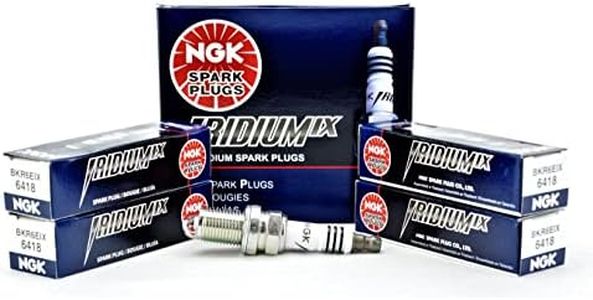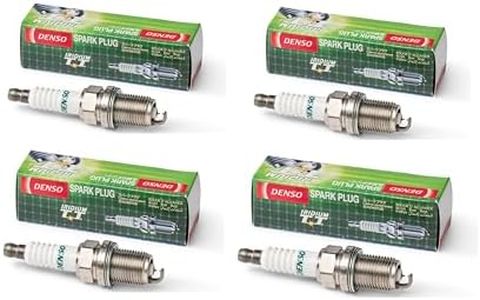We Use CookiesWe use cookies to enhance the security, performance,
functionality and for analytical and promotional activities. By continuing to browse this site you
are agreeing to our privacy policy
10 Best Iridium Spark Plugs
From leading brands and best sellers available on the web.By clicking on a link to a third party's website, log data is shared with that third party.
Buying Guide for the Best Iridium Spark Plugs
Iridium spark plugs are a common upgrade in vehicle maintenance because of their performance and longevity compared to traditional copper or platinum plugs. When choosing the right iridium spark plug, focusing on the core specifications helps you find the ideal match for your engine, ensures smooth performance, and maximizes the lifespan of your spark plugs. Understanding each key specification will help you decide what truly matters for your specific driving needs and vehicle requirements.Heat RangeThe heat range of a spark plug refers to its ability to dissipate heat from the combustion chamber. It's crucial because using a plug that's too hot can lead to engine knocking, while one that's too cold can cause fouling and poor performance. Heat ranges are typically described by numbers, with different brands using their own scales. Lower numbers often indicate 'hotter' plugs and higher numbers 'colder' plugs. If you drive in normal conditions, stick to the range recommended in your vehicle manual. If you do high-performance driving or expect extreme conditions, you might need a colder plug to help prevent overheating. Always match the heat range with your engine's demands and your driving style.
Thread Size and ReachThread size and reach pertain to the diameter and length of the spark plug’s threaded section that screws into the engine. These specs must match your engine exactly; otherwise, the spark plug may not seat correctly, leading to misfires or even engine damage. Thread sizes are generally measured in millimeters, and reach is the length that threads into the cylinder head. Check your vehicle’s service manual for the exact thread size and reach, and never try to substitute one for another, as incorrect sizing can have serious consequences.
Electrode GapThe electrode gap is the distance between the center and ground electrodes of the spark plug where the spark occurs. This gap affects the ignition of the air-fuel mixture in the engine. Different engines require different gaps for optimal performance. Too small a gap can lead to weak sparks, while too large can result in misfiring. Manufacturers often pre-set gaps, but it's best to check the required gap in your vehicle’s manual and use a gap tool to ensure it's accurate. Choosing the right gap ensures efficient combustion, better performance, and longer plug life.
Material QualityWith iridium spark plugs, the center electrode is made from iridium, a metal known for its durability and high melting point. This makes the plugs last longer and perform better than standard plugs. Sometimes, you’ll find plugs described as '100% iridium' or 'iridium-tipped,' which indicates more or less iridium in the design. For most drivers, any modern iridium plug will offer improved life and reliability. If you use your vehicle for high performance or want maximum durability, look for plugs with a higher content of iridium or a laser-welded fine-wire center electrode.
Projected vs. Non-Projected TipThis refers to how far the center electrode protrudes into the combustion chamber. Projected tips offer better ignition and can help reduce fouling, making them suitable for most modern engines. Non-projected tips are typically used in older or specialized engines. You should always use the type specified by your manufacturer, as the wrong type can affect combustion and even risk engine damage. Select the option that matches the engine design and operating profile of your vehicle.
